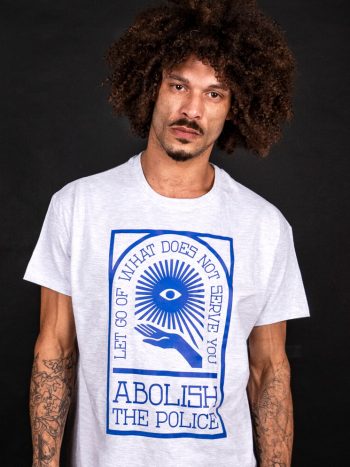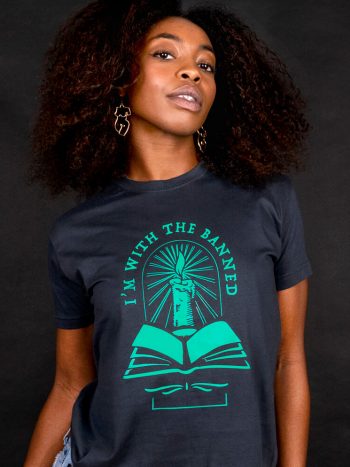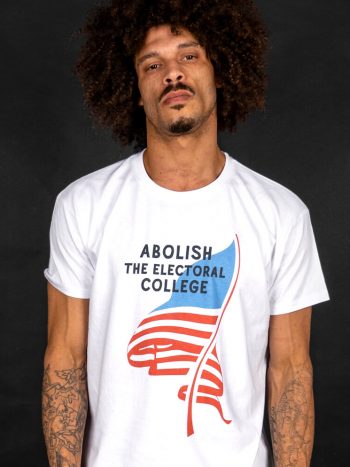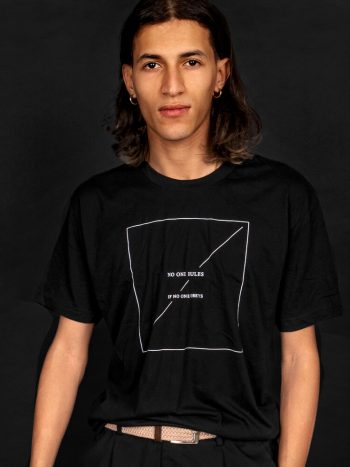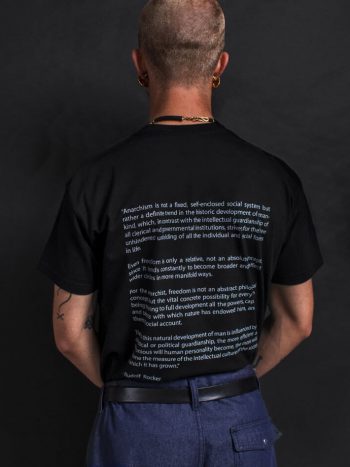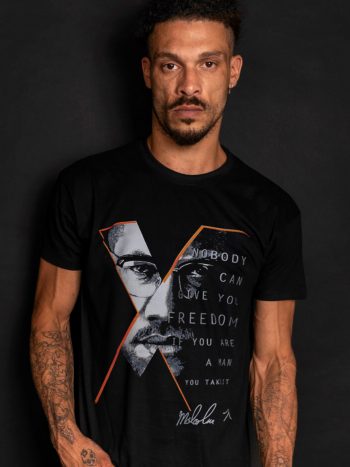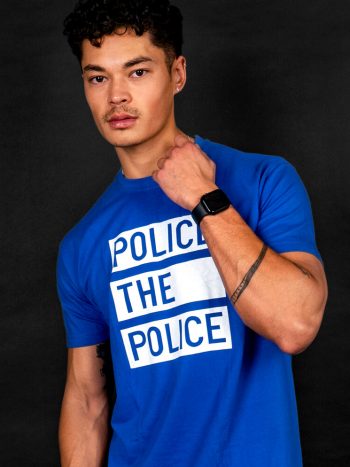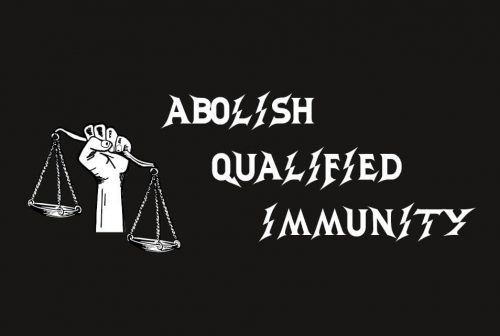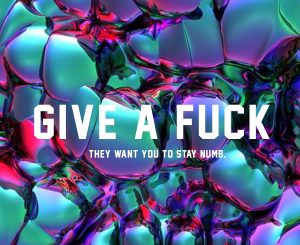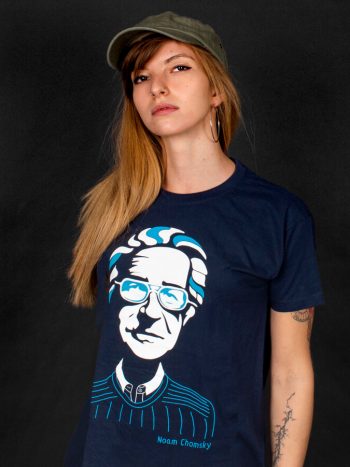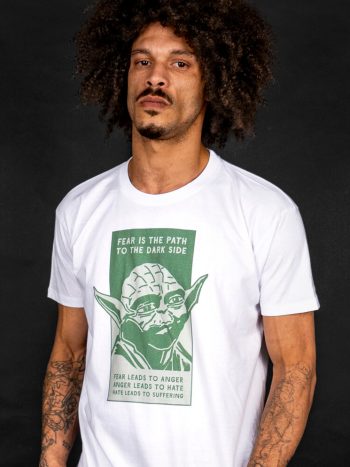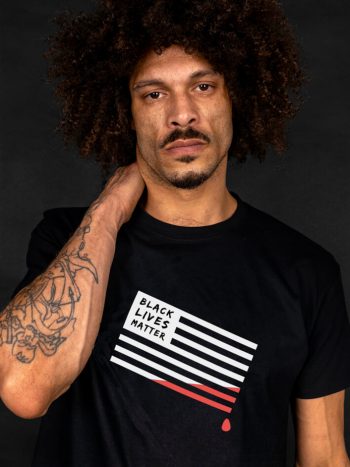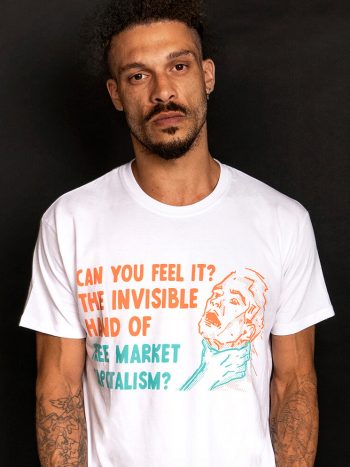Political art wields a unique and profound influence, transcending traditional boundaries and mediums to convey potent messages and provoke thought. It harnesses the transformative potential of creativity to ignite social and political change, making the invisible visible and giving voice to marginalised perspectives. In a world inundated with information, political art has the power to distill complex issues into compelling visual narratives, transcending language and cultural barriers to connect with diverse audiences on a visceral level.
“EVERYTHING IS ART. EVERYTHING IS POLITICS.”
~ Ai Weiwei
Whether through paintings, sculptures, graffiti, or multimedia installations, political art serves as a catalyst for dialogue, challenging the status quo, and questioning established norms. It reflects the zeitgeist of its time, capturing the struggles, aspirations, and dreams of communities facing oppression and inequality.
This art is an instrument of resistance, offering a lens through which to critique authority, provoke critical thinking, and inspire collective action. In doing so, it empowers individuals to confront social injustices, fostering empathy and forging connections across geographic and ideological divides. In this way, political art becomes a beacon of hope and a vehicle for transformative change, reminding us that the pursuit of justice and equality is an integral part of our shared human experience.
Andy Warhol – Big Electric Chair, 1964
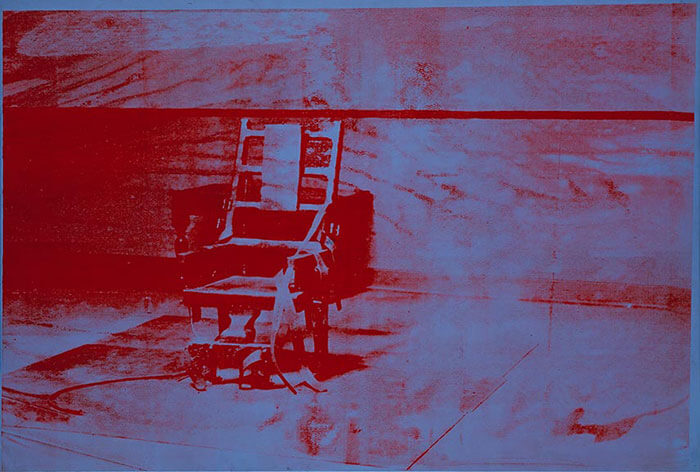
Electric Chair was made in 1964 in Warhol’s studio in New York.
In the centre of the canvas is depicted an unoccupied electric chair set in an empty room, and the chair bears a high-backed frame, as well as leather straps at its foot and longer straps and buckles at its sides. A cable running out from underneath the seat lies curled in front of the chair.
In the early 1960s, Warhol began hand-printing images onto canvas and translating this technique to paper. Images were printed in monochrome colours and, according to art publisher Jörg Schellmann, these were screened in a way ‘that retained the graininess and immediacy of the mass media images on which they were based’ (Feldman and Schellmann, 2003, p.45), creating imperfections and variations in each work such that they retained a handmade quality.
Barbara Kruger - Your Body is a Battleground, 1985
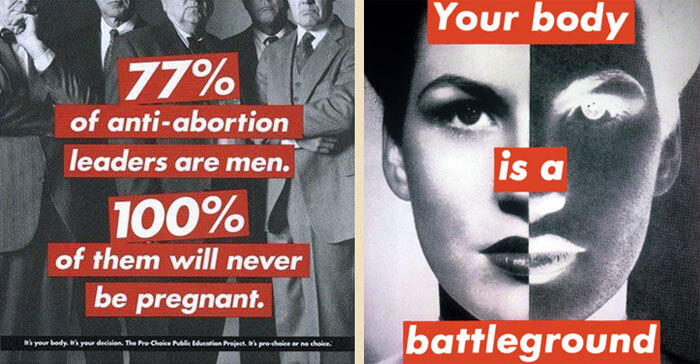
Best known for laying aggressively directive feminist slogans over black-and-white photographs that she finds in magazines, Barbara Kruger developed a visual language that was strongly influenced by her early work as a graphic designer. Informed by feminism and identity politics, Kruger’s work critiques consumerism and desire, and has appeared on billboards, bus cards, posters and in public parks, train station platforms, and other public spaces.
Dmitri Vrubel - The Kiss, 1990
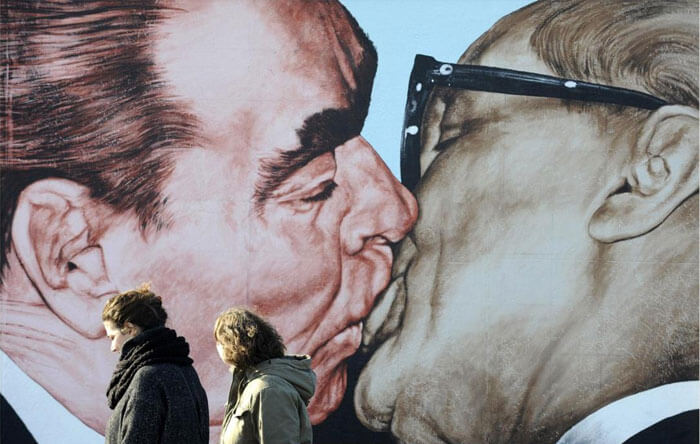
When Dmitri Vrubel painted Leonid Brezhnev and Erich Honecker locked in a kiss of socialist brotherhood on the Berlin Wall he created the most famous mural of the Cold War. At first glance, you might think it’s a complete joke, with no bearing on reality, but the image was based on an actual photograph taken in 1979 in honor of the thirtieth anniversary of the German Democratic Republic–East Germany.
Io Tillett Wright - Fifty Shades of Gay, 2013
Photographer iO Tillett Wright grew up between genders and sexualities. She’s shot 2,000 people who consider themselves somewhere on the LBGTQ spectrum and asked many: can they assign a percentage to how gay or straight they are? Most people consider themselves to exist in the grey areas of sexuality, which presents a real problem when it comes to discrimination.
Carl Fredrik Reuterswärd - Non-Violence, 1985
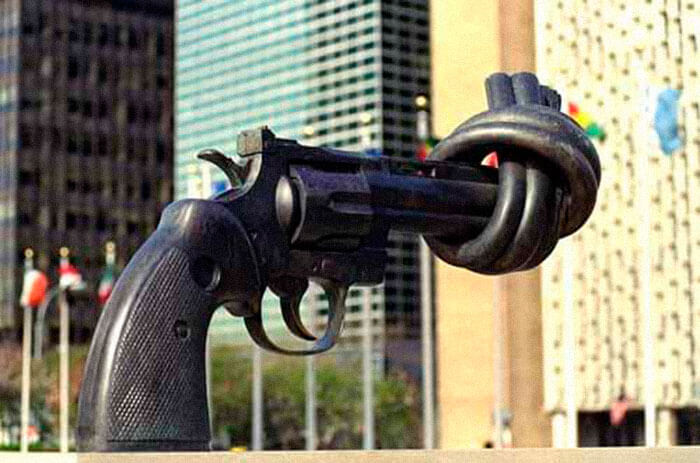
Non-Violence is a bronze sculpture by Swedish artist Carl Fredrik Reuterswärd of an oversized Colt Python .357 Magnum revolver with a knotted barrel and the muzzle pointing upwards. Reuterswärd made this sculpture after singer-songwriter and peace activist John Lennon was murdered. The sculpture has been the symbol since 1993 of The Non-Violence Project, a nonprofit organization that promotes social change through violence-prevention education programs.
The Yes Men - Bhopal Disaster Dow Chemical Hoax, 2004
On the twentieth anniversary of the Bhopal disaster, when an industrial gas leak killed thousands of people, a spokesperson for the company responsible appeared live on BBC World News and announces the impossible: Dow accepted full responsibility for the Bhopal disaster, and had created a $12 billion dollar plan to compensate the victims and clean up the site.
It was a brilliant political hoax by The Yes Men. It’s like they invented Fake News.
For a while, this statement became the top story on Google News. The action put Bhopal and Dow front and center in the U.S. news on the 2th anniversary of the disaster.
Ai Weiwei - Study of Perspective, Tiananmen Square, 1995-2003
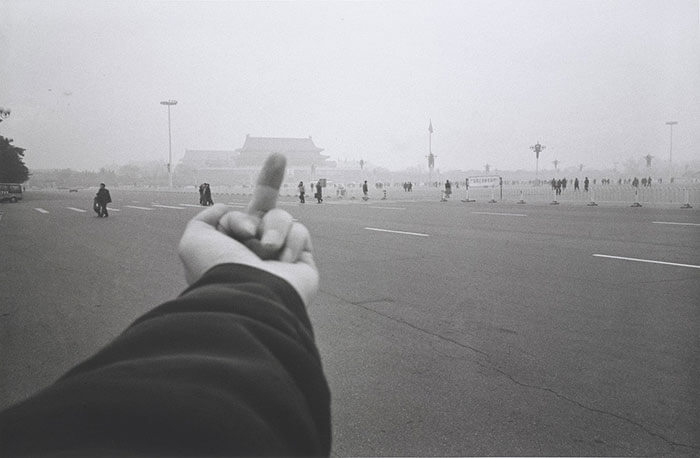
In what first appears to be a classic tourist snapshot, Ai sticks his middle finger up at Tiananmen Square Gate. Also known as the “Gate of Heavenly Peace”, and formerly the front entrance to the Forbidden City, this was also the site of the brutal massacre in 1989 in which state soldiers shot peaceful protesters. The Beijing government still refuses to discuss it, and censors all footage of the event.
Blake Fall-Conroy - Minimum Wage Machine
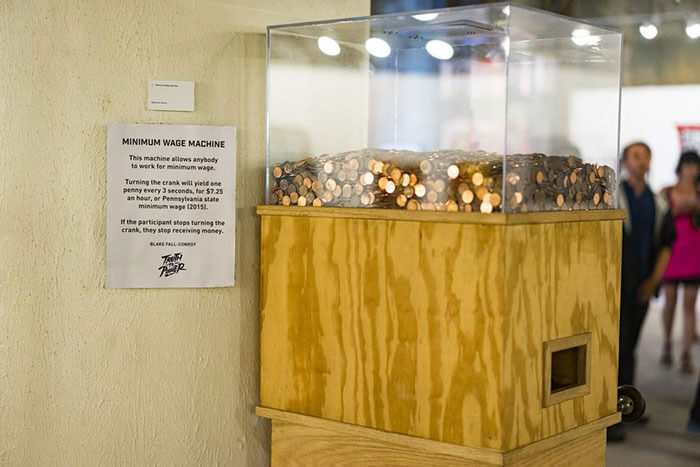
Ostensibly a penny dispenser, and a powerful political statement, the machine attempts to simulate the banal, menial tasks that minimum wage earners encounter on a daily basis. When a participant turns a metal crank, a penny comes out every 4.5 seconds. After an hour, a participant has amassed exactly $8 — the minimum wage for the state of New York (2014). The machine can also be adjusted to match the minimum wage of any U.S. state where it is exhibited.
Banksy - What Are You Looking At? 2004
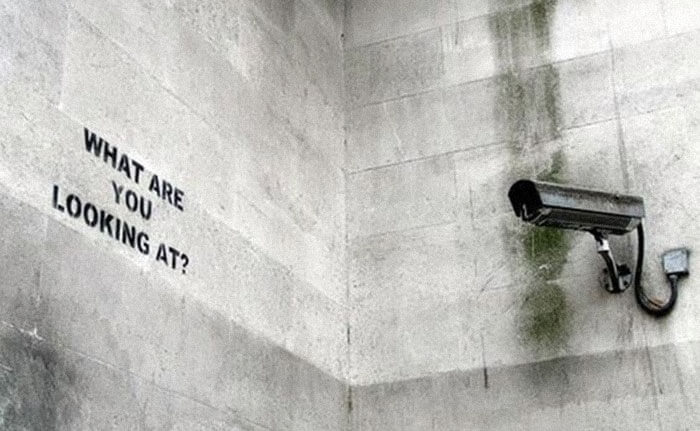
“What Are You Looking At” is one of the iconic street artist Banksy’s most memorable early political pieces, and went a long way in consolidating his reputation as an artist of merit and value. Having appeared outside London’s Marble Arch Station in 2004, it contains only five short words, in a confrontational tone, yet paints a picture of a nation under surveillance.
Georgiy Daneliya - Kin Dza Dza, 1986
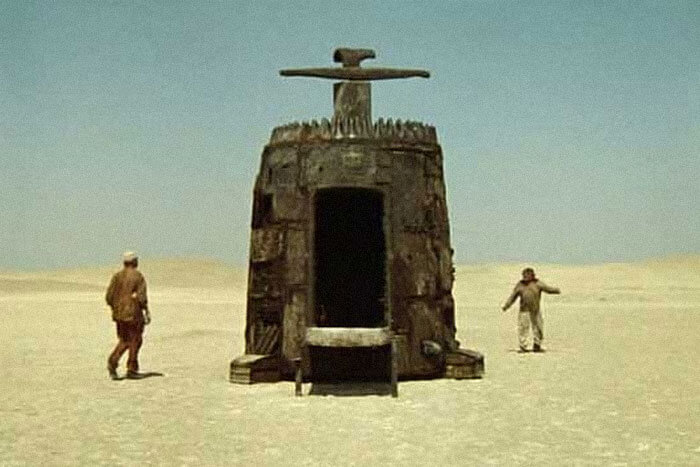
Kin Dza Dza is a dystopian Soviet science fiction film which embeds a critique of class society and arbitrary power relations within an absurdist comic odyssey. Think low-budget Mad Max meets Monty Python (in Russian!).
Keith Haring - Silence=Death, 1989
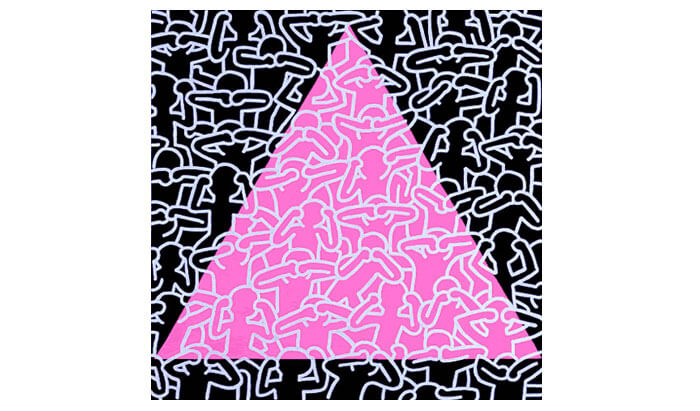
“Silence=Death”— the motto/logo of the AIDS activism group ACT-UP. The group attached the words to the image of the pink triangle on a black ground. The origins of the pink triangle span back to the Holocaust. It was used to identify and single out homosexuals in Nazi concentration camps. Haring was openly gay and an advocate for safe sex. This is an exceptional work that portrays the loneliness, lack of support and aggression that AIDs victims dealt with during the 80s.
John Heartfield
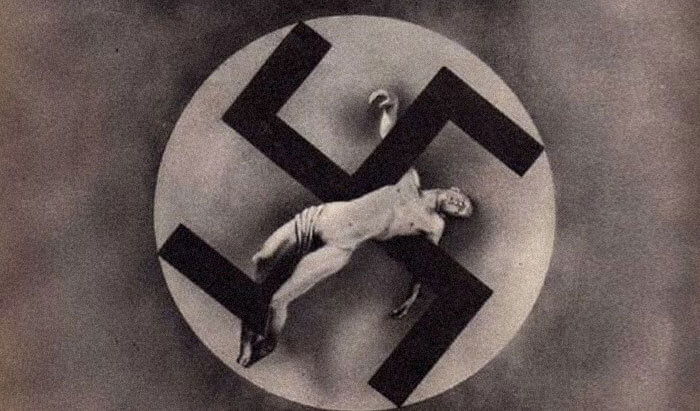
John Heartfield was an artist and a pioneer in the use of art as a political weapon. His eerie anti-Nazi photomontages extend beyond political current events, allowing the viewer to develop his own thoughts, imagination, and sensual perceptiveness. Sometimes a picture really is worth 1000 words.
Terry Gilliam - Brazil, 1985
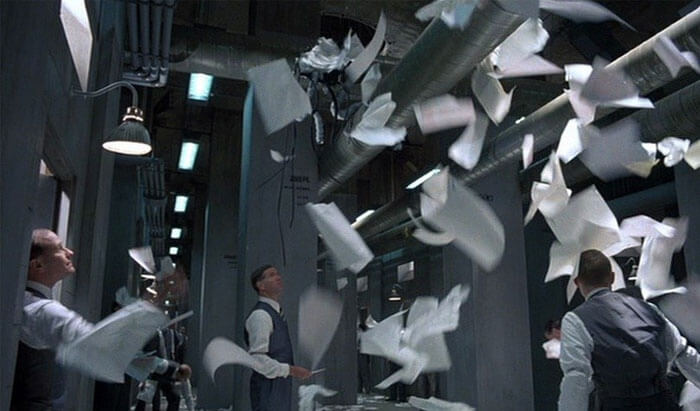
Terry Gilliam’s Brazil imagines a dystopian world in which bureaucracy has won. It is a terrifying vision of the future with Kafka-esque undertones.
Soviet Peace Propaganda, 1045-1990
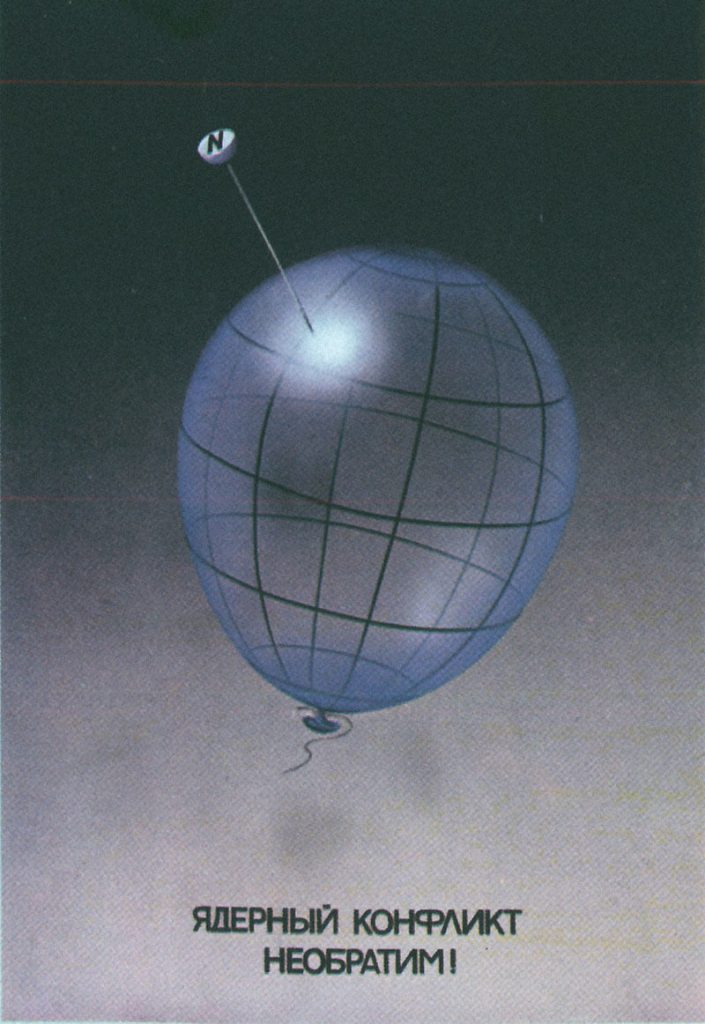
The Cold War lasted from the end of World War II right up to the early 1990s, although the Soviet Union and the USA never actually engaged in direct battle. Instead, the Cold War was expressed through weapons development (the nuclear arms race), technological development (the space race), espionage and propaganda. While many of these anti-war posters are anti-American, it’s blindingly obvious the Soviets weren’t keen on escalating the conflict.
Translation: Nuclear conflict is irreversible.


